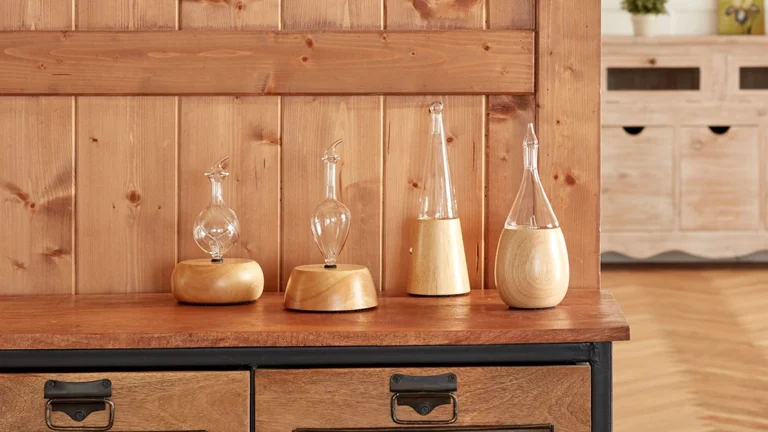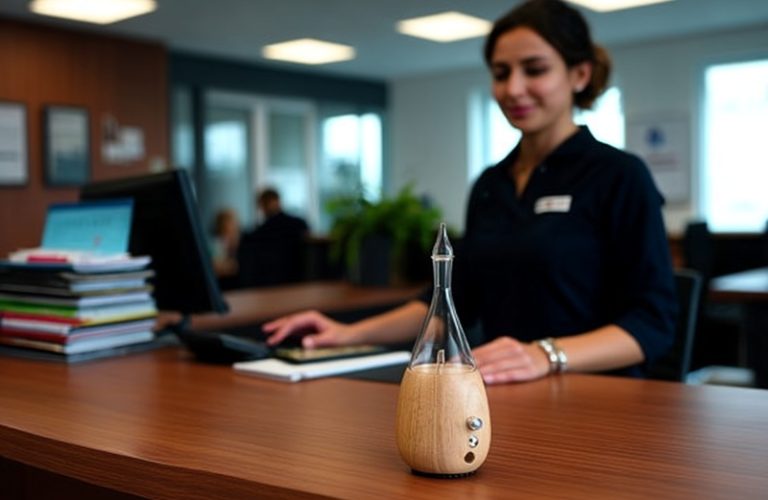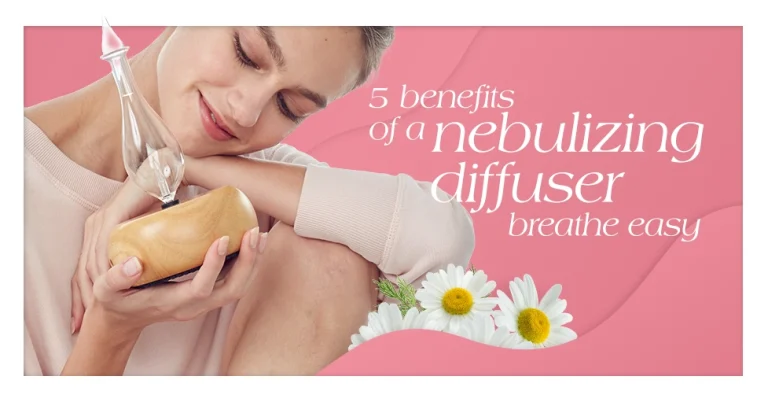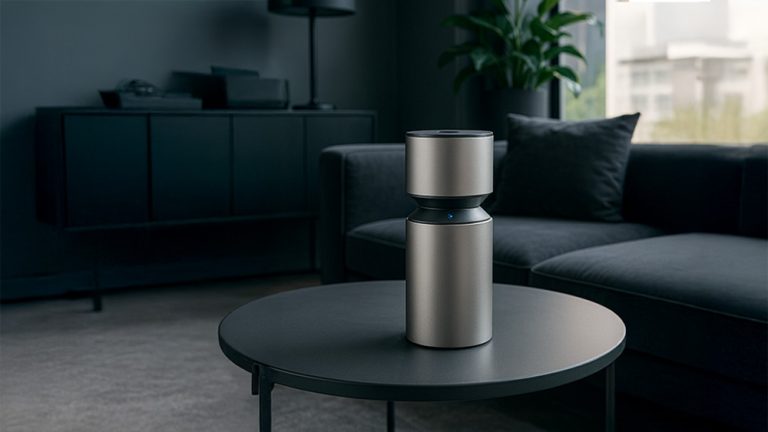Nebulizing vs Ultrasonic Diffuser: Superior Scent Clarity
So, are you craving a bold wave of scent? Have you felt how a single breath of lavender soothes your mind? The way your Organic Aromas diffuser works can totally change how you experience aroma.
In an Organic Aromas Raindrop® diffuser, nebulizing (tiny air streams that send undiluted oil molecules into the air) gives you a bright, powerful aroma almost instantly. It’s like a pure oil rocket, you know, blasting fragrance across your room. Because no water touches the oil, you get full clarity. And we only use ethically sourced, organic oils for a fresh, pure breeze.
The sleek, battery powered Mobile-Mini 2.0 creates a gentle, cooling mist while on the go or when you are traveling or in places that are inconvenient to carry your desktop unit. Think of a tiny water-less cloud of aroma floating through the air. The scent blooms more slowly, wrapping you in calm. It’s soft and soothing, perfect for late-night wind-downs.
Next, we’ll compare how strong the scent feels, how fast it spreads and how much hum you can hear. Then you can pick the right diffuser for your space. Breathe. Relax.
Nebulizing vs Ultrasonic diffuser: The Big Difference
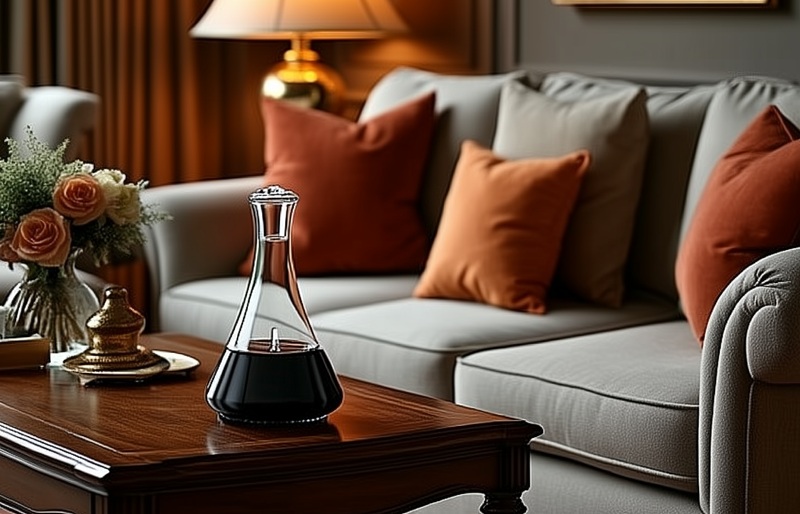
When you’re craving pure, undiluted aroma, it helps to know how your diffuser works. Nebulizing (how tiny air streams turn essential oils into fine droplets) sends pure oil molecules into the air without any water. While ultrasonic (using high-frequency vibrations on a water-oil blend) creates a cool mist that adds a touch of humidity and a gentler scent.
Our Organic Aromas Raindrop® nebulizing diffuser fills large rooms fast with a powerful aroma ripple. It gently hums out a soft mist that’s perfect for quiet moments. And we always follow safety guides and use ethically sourced oils. So you can relax with confidence.
Which one fits your space? Think about room size, scent strength, and noise.
- Efficiency: Raindrop® and Radiance® nebulizing diffusers delivers quick, high-output aroma for bigger spaces. The ultrasonic diffuser offers a gentle, steady mist for longer sessions in smaller areas.
- Scent Strength: Nebulizing brings a full, rich aroma with all the therapeutic benefits intact. Ultrasonic gives a softer aroma that’s much less strong.
- Noise Level: Nebulizing hums at around 38 dB, like a low whisper. Ultrasonic runs between 20 and 40 dB for near-silent operation.
Ultrasonic Diffuser Operation: Cold Mist, Humidity, and Quiet Performance
An ultrasonic diffuser (device that uses high-frequency vibrations to turn water into a fine mist) can bring a calm ripple to your room. Most models hold 100 to 500 ml of water. That gives you about 4 to 15 hours of gentle mist – enough for overnight rest or a focused work session.
Prices usually range from $20 to $50. That means these diffusers fit perfectly in small bedrooms, home offices, or cozy reading corners. They are cheap, made of plastic and can easily be knocked or tipped over by your toddler or the cat. However, they’re quiet and safe around pets as the aroma is so highly diluted. You’ll barely hear the whisper of mist or tinkle of the water vibrating while you type or read.
Here’s how to keep your diffuser fresh:
- Use distilled water to prevent white mineral dust.
- Empty and rinse the reservoir after each use to avoid mold.
- Skip citrus-only blends to protect plastic parts.
- Plan on replacing entry-level units after 1 to 2 years.
Add four or five drops of lavender oil (steam distilled lavender flower extract). Then let your diffuser fill the room with a pure, soothing aroma. And always follow basic safety guidelines – place it on a steady surface and keep out of reach of little hands. With just a bit of care, your diffuser will keep your space fresh and calm.
Nebulizing Diffuser Operation: Pure Oil, Rapid Diffusion, and Potent Aroma
Nebulizing diffusers use nothing but air to push undiluted oils through tiny glass tubes. No water. No heat. And Organic Aromas’ Raindrop® nebulizing diffuser keeps every drop of oil’s goodness intact for the cleanest, strongest aroma.
These diffusers only need to hold about one to five milliliters (ml) of oil, enough for many hours of rich aroma especially on the LOW volume setting. You just pour in the oil, set the timer on the app or use the new bluetooth function, and relax. Next, for step-by-step setup and timing tips, check out How to Use a Nebulizing Diffuser. Professionals love how fast they can get started.
From the very first second, you’ll dive into every note of your oil’s aroma. Those pure droplets carry all the therapeutic magic across a whole room. And since there’s no water, you skip any dusty residue or watered-down scent. To learn more about the perks of a Waterless Essential Oil Diffuser, just click the link.
You’ll notice a gentle hum around 38 decibels (dB) – about the sound of a quiet fish tank pump in the next room. If you set the diffuser on the love volume and place it at 2 meters away from your body you will not be able to hear it. Organic Aromas nebulizing diffusers wrap their atomizer in glass, wood or ceramic to keep oils pure.
Prices tend to start around one hundred dollars and can go beyond, reflecting the quality build and strong performance. And if you crave extra quiet, just switch to the low-volume mode.
Nebulizing vs Ultrasonic Diffusers: Technical Specs Side-by-Side
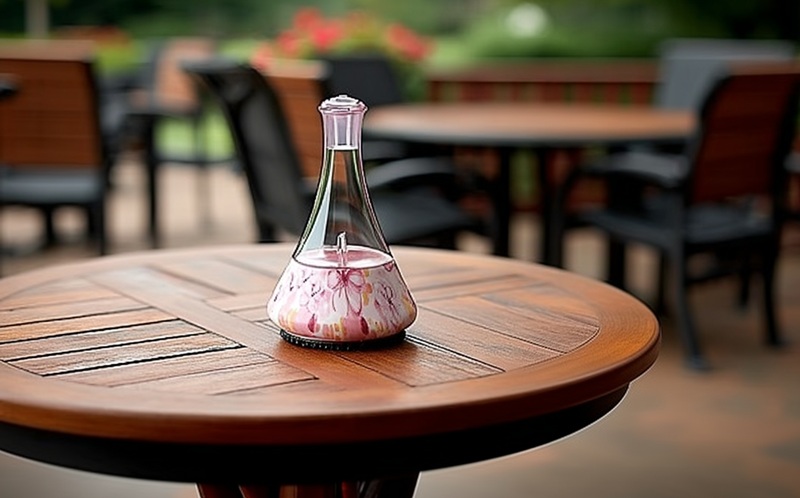
Have you ever wondered how these two diffusers stack up on specs you won’t see earlier? Here’s a quick peek at three features you won’t find before: oil consumption rate (how many milliliters of oil it uses per hour), power draw (the watts it pulls), and cleaning interval (how often you need to freshen it up).
| Feature | Ultrasonic Diffuser | Nebulizing Diffuser |
|---|---|---|
| Oil Consumption Rate (ml/hr) | ~0.25 | ~2 |
| Power Draw (W) | 5 | 6 |
| Cleaning Interval (hours) | 10 | 3 |
Essential Oil Compatibility and Safety: Nebulizing vs Ultrasonic Diffuser
Have you ever felt the gentle ripple of pure aroma in the air? Different diffusers use their own methods to share that mist. Let’s explore nebulizing diffusers (how a fine mist delivers undiluted essential oils) and ultrasonic diffusers (how sound waves turn water and oil into a soft cloud) so you can enjoy your oils safely.
Nebulizing diffusers (how a fine mist delivers undiluted essential oils)
- They need 100% pure, carrier-free, plastic-free oils to keep the mist rich, strong and lasting.
- Clean the atomizer with isopropyl alcohol every 3–5 uses to clear any oil buildup.
- A few drops go a long way, giving you a vibrant scent burst.
Ultrasonic diffusers (how sound waves turn water and oil into a soft cloud)
- Add 5–10 drops of oil for every 100–500 ml of water to get a balanced mist.
- Change out the water after each 4–10 hour run to prevent residue or mold.
- Using distilled water helps prevent mineral deposits and keeps your unit happy.
General oil safety tips
- Choose certified organic oils for purity and potency.
- Check each oil’s shelf life, over time, oxidation can, um, weaken its aroma.
- Store bottles in a cool, dark spot to preserve that bright scent.
- Patch-test one oil at a time on your skin to watch for any reaction.
Choosing the Right Diffuser: Nebulizing vs Ultrasonic Diffuser Use Cases and Recommendations
Have you ever wondered which diffuser fits your space best? At Organic Aromas, our most popular units are the Radiance® and Raindrop® nebulizing diffusers. Each one brings pure aroma to your room. Let’s explore when to use a nebulizing diffuser and when to use an ultrasonic diffuser.
Ultrasonic diffusers use ultrasonic (using vibrations to turn water and oil into a fine mist) technology. Think of the gentle wafting of hydrating mist rippling through your room. They work quietly, around 20 to 40 decibels, which is softer than a whisper. Some models cost about $20 to $50. They come in lightweight plastic shells you can move on a whim. Upkeep is simple – just fill with water, add 3 to 5 drops of organic essential oil, and give it a gentle wipe after a few sessions.
Raindrop® nebulizing diffusers shine in larger spaces like therapy rooms or spa suites. Nebulizing sends pure oil droplets straight into the air for a bold, immediate aroma. Prices start near $100 and can rise above $125 when purchasing the premium units. Their glass or wood accents layer right into a polished decor. For best results, deep clean with isopropyl alcohol (rubbing alcohol) every couple weeks to keep the tiny tubes clear. Safety tip: always unplug before cleaning.
| Diffuser Type | Maintenance | Aroma Intensity |
|---|---|---|
| Ultrasonic | Low – water refills and light wipes | Moderate – gentle, lingering scent |
| Nebulizing | High – deep cleans with alcohol | High – vibrant, room-filling scent |
Here’s the thing. Match your choice to your life. Choose ultrasonic for easy care, a touch of humidity, casual style, low cost and for a very gentle aroma. Opt for nebulizing when you crave bold aroma bursts, a polished look, and don’t mind a bit more upkeep. Either way, you’re on your path to calm, focus, or restful sleep with our pure, natural mist.
Final Words
You’ve now seen how each design shapes your aroma experience. Ultrasonic diffusers blend water and oil into a soft mist that lingers. Nebulizing pushes pure oil into a bold, quick scent. We compared runtime, noise level, and cleaning tips, plus safe oil pairings and room-size advice. Picking the right tool for spa-like calm comes down to your space and style.
Here’s hoping this guide on nebulizing vs ultrasonic diffuser fills your home with uplifting mist.
FAQ
What is the difference between ultrasonic and nebulizing diffusers, and which one is better?
The difference between ultrasonic and nebulizing diffusers is that ultrasonic units use water and vibrations to create a gentle, humidifying mist while nebulizing atomizes pure oil for a rapid, intense aroma. Ultrasonic suits those who want low cost and gentle aromas; nebulizing fits those that require potent bursts of aroma and are happy to pay extra for something gorgeous and long lasting.
What are the cons of ultrasonic diffusers?
The cons of ultrasonic diffusers include a milder aroma from water dilution, potential “white dust” if you skip distilled water, plastic tank corrosion with citrus oils, frequent water refills, and a shorter 1–2 year lifespan on budget models.
What oils should I use in a nebulizing diffuser?
You should use 100% pure essential oils with no carrier oils or additives in a nebulizing diffuser to prevent clogs and preserve full therapeutic benefits.
What is a waterless diffuser?
A waterless diffuser, like a nebulizing model, diffuses pure essential oils without water by using air pressure to atomize oil into a fine, undiluted mist for maximum aroma potency.
What is the best nebulizing diffuser?
The best nebulizing diffuser features high-quality glass, wood, ceramic and metal parts, adjustable airflow, and easy cleaning—Organic Aromas Raindrop® and Radiance® series deliver strong scent throw, pure oil diffusion, and minimal waste.
What is the best ultrasonic diffuser?
The best ultrasonic diffuser balances water capacity, quiet output, and durability iwht price.
What is the difference between a nebulizer and an ultrasonic humidifier?
The difference between a nebulizer and an ultrasonic humidifier is that a nebulizer atomizes pure essential oil without heat or water while an ultrasonic humidifier sprays a diluted water–oil mist to add moisture and disperse scent gently. One is cheap and the scent is weak, while the other is more expensive, lasts longer and emits much stronger aroma.
Are glass nebulizing diffusers better?
Glass nebulizing diffusers are better for purity because glass won’t leach chemicals, preserves oil aroma integrity, is easier to clean, and offers an elegant, sustainable, toxin-free diffusion experience.


